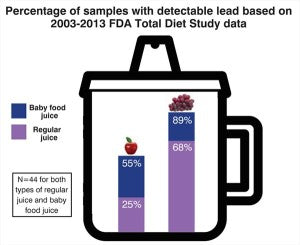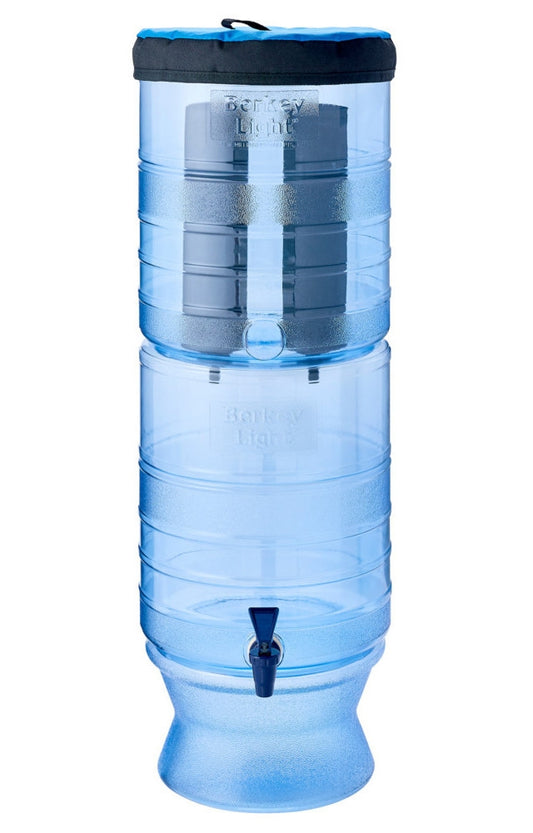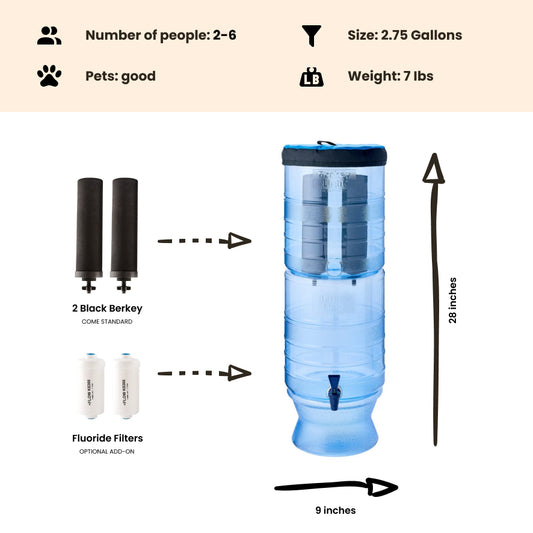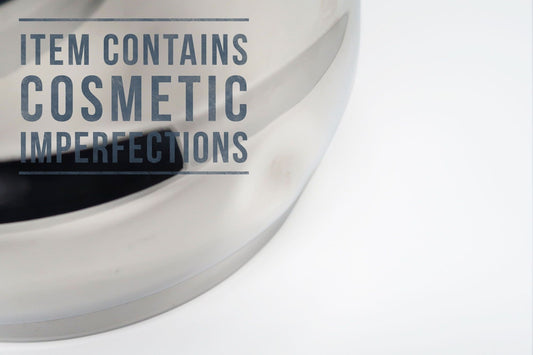
Lead in Food & Beverages Poses a Significant Health Risk
By Dan DeBaunShare
Food and water are an essential requirement for health and well being, but for young children, both are a source of exposure to lead, which can lower a child's IQ and lead to behavioral problems. If we want to protect our children's health and ensure they are able to learn and develop mentally, we need to be more proactive when it comes to reducing their exposure to lead both in the environment and in the food and drinks they consume.
A recent report released by the Environmental Defense Fund (EDF) has revealed that many foods, particularly baby foods, contain lead and are thus an important source of exposure to this harmful contaminant.
For the study, the EDF analyzed eleven years of data collected by the Food and Drug Administration (FDA) between 2003-2013. They found lead in 20% of baby foods they sampled, and 14% of other non-baby food products sampled. Of the baby foods that contained lead, eight types had detectable levels of lead in over 40% of the food samples tested. More samples of baby foods consisting largely of grape and apple juice and carrots had detectable levels of lead than regular non-baby food versions of these products. The EDF found that over 1 million children ingest more lead than the limit set by the FDA. The report suggests that the societal benefits of eliminating lead exposure in food completely would amount to over $27 billion per year.
Here is a breakdown of the study's findings:
• Fruit juice - 89% of baby food samples containing grape juice had detectable levels of lead, while 67% of mixed fruit juice, 55% of apple juice and 45% of baby pear juice samples had lead present.
• Root veggies - 86% of baby food containing sweet potatoes and 43% of baby food containing carrots had detectable levels of lead.
• Cookies - 64% of arrowroot cookies and 47% of teething biscuits contained lead at detectable levels.
It is essential that both the FDA and food producers implement measures to reduce lead exposure through food, particularly baby food. The EDF has outlined the following recommendations to the FDA, manufacturing companies and parents, to reduce levels of lead exposure through food:
Recommendations to the FDA:
• Ensure that all materials that foods come into contact with during preparation are lead-free if there is any chance that lead in those materials can contaminate the food;
• Acknowledge the inadequacy of current international standards set for fruit juice;
• Update the safety limits for lead as well as food safety guidelines to reflect recent scientific knowledge of the public health risks associated with lead to improve safety of children; and
• Encourage food manufacturing companies to take measures to reduce levels of lead in food, and implement enforcement action when safely limits are breached.
Recommendations to food manufacturers:
• Set a lead target of less than one part per billion of lead for lead in baby foods and other food products consumed primarily by young children;
• Strive to minimize lead contamination by sourcing lead-free ingredients. (Note: As water forms a large component of fruit juices and other food products, manufacturers should also ensure that water used in the manufacture process is not contaminated with lead);
• Undertake frequent testing during the manufacturing process to identify all sources of lead contamination so that appropriate corrective action can be taken; and
• Make a public commitment to reduce lead levels in food products by setting limits that are safe for public health and maintaining these limits through proactive product stewardship.
Recommendations to parents:
The EDF encourages parents to consult with their family pediatrician to become more aware of sources of lead exposure so that they can take measures to actively reduce their child's exposure to lead. Parents should also contact representatives of their favorite food brands to check whether the manufacturer regularly monitors lead levels in its products and, particularly in the case of baby food/juice products, that lead levels are under 1 ppb.
Parents should also have their drinking water tested for lead, as this is yet another common source of lead exposure. If lead levels are high, drinking water should be filtered with a good quality water filter to ensure that the water your children drink does not pose a health risk.
Reference
-
Regular price From $302.00 USDRegular priceUnit price / per
-
Regular price $234.00 USDRegular priceUnit price / per
-

 Sold outRegular price From $305.00 USDRegular priceUnit price / per
Sold outRegular price From $305.00 USDRegular priceUnit price / per -
Regular price $327.00 USDRegular priceUnit price / per
-

 Sold outRegular price From $367.00 USDRegular priceUnit price / per
Sold outRegular price From $367.00 USDRegular priceUnit price / per -
Regular price From $408.00 USDRegular priceUnit price / per
-
Regular price From $451.00 USDRegular priceUnit price / per

Dan DeBaun
Dan DeBaun is the owner and operator of Big Berkey Water Filters. Prior to Berkey, Dan was an asset manager for a major telecommunications company. He graduated from Rutgers with an undergraduate degree in industrial engineering, followed by an MBA in finance from Rutgers as well. Dan enjoys biohacking, exercising, meditation, beach life, and spending time with family and friends.
~ The Owner of Big Berkey Water Filters
















